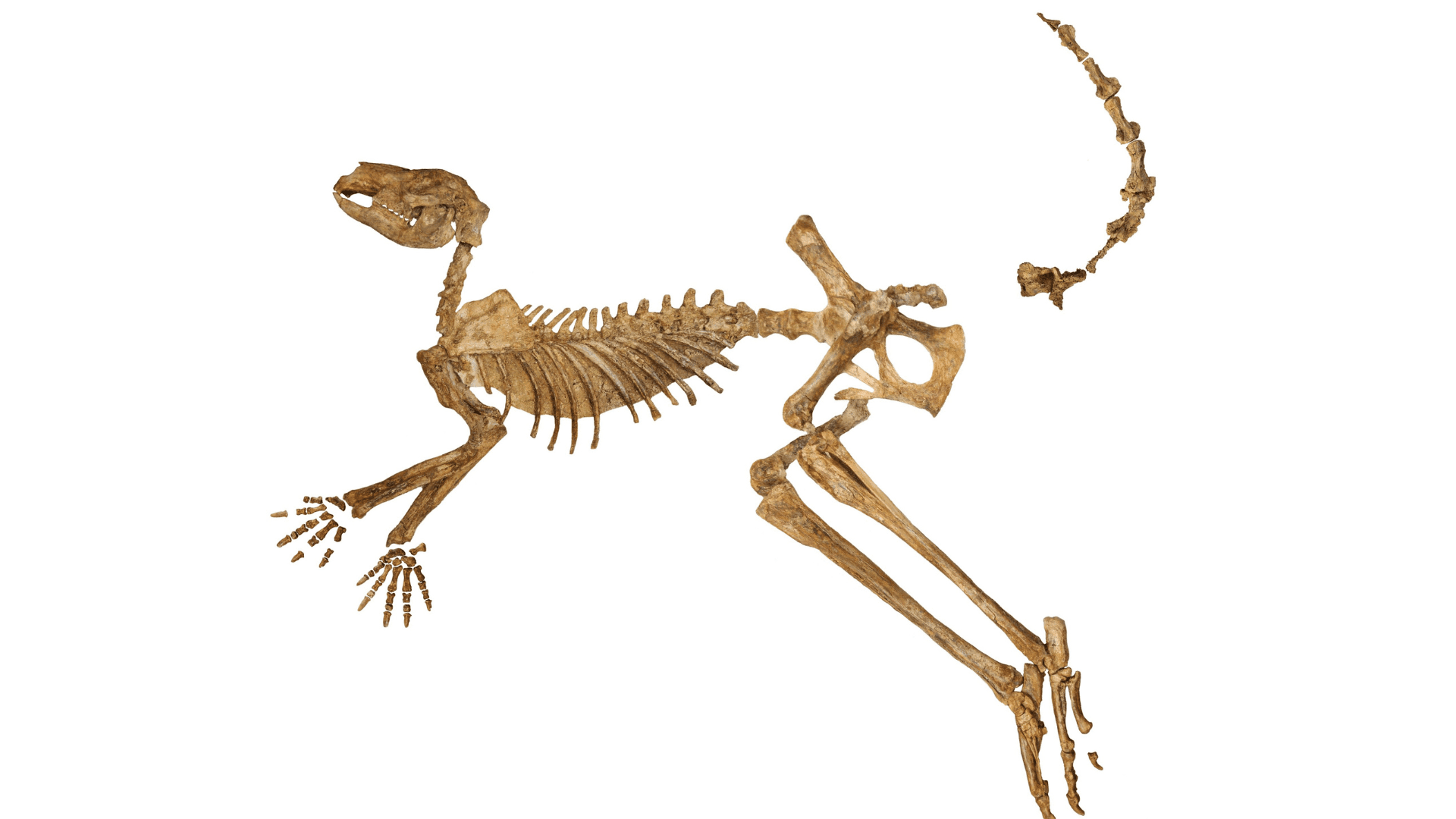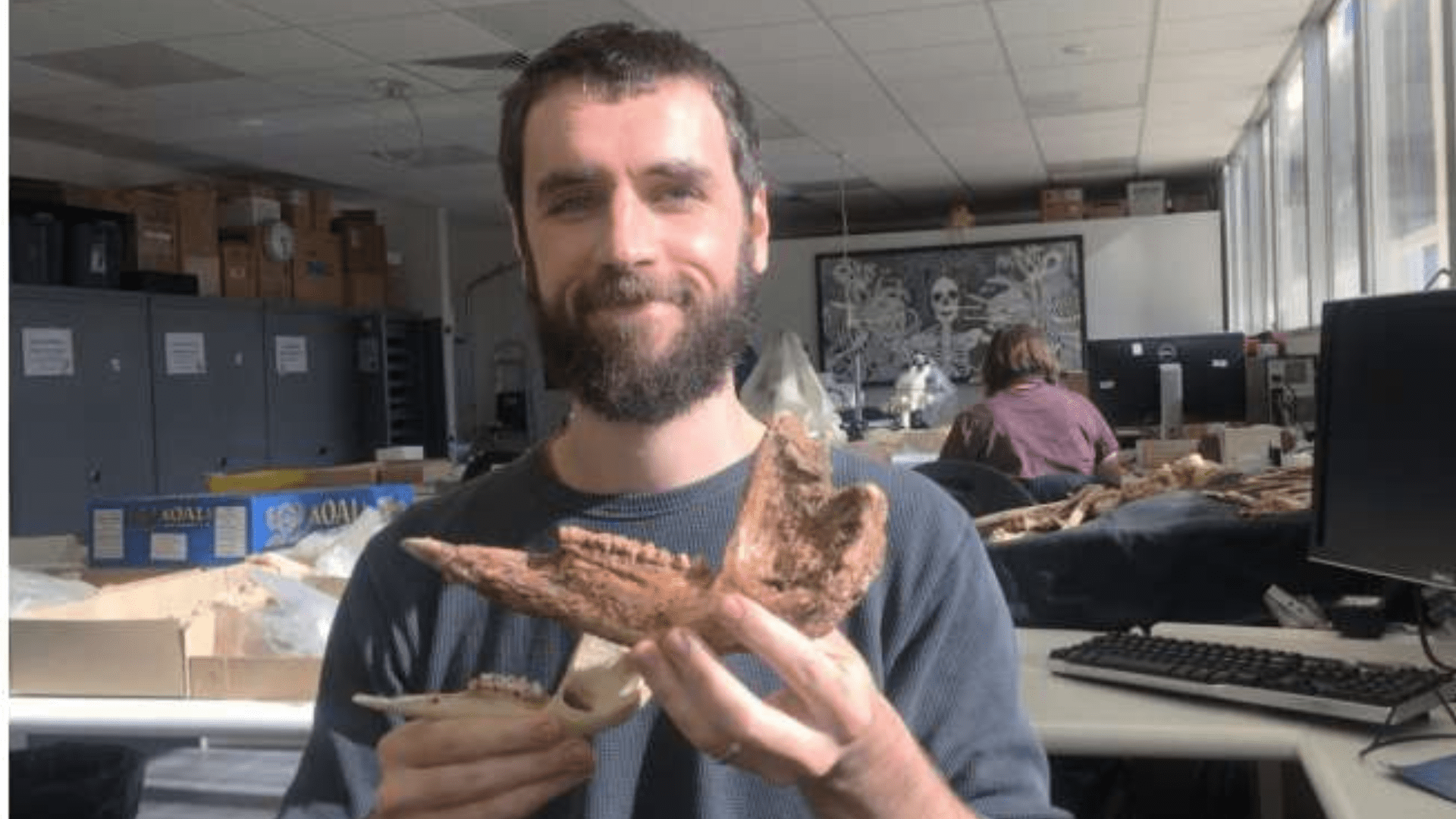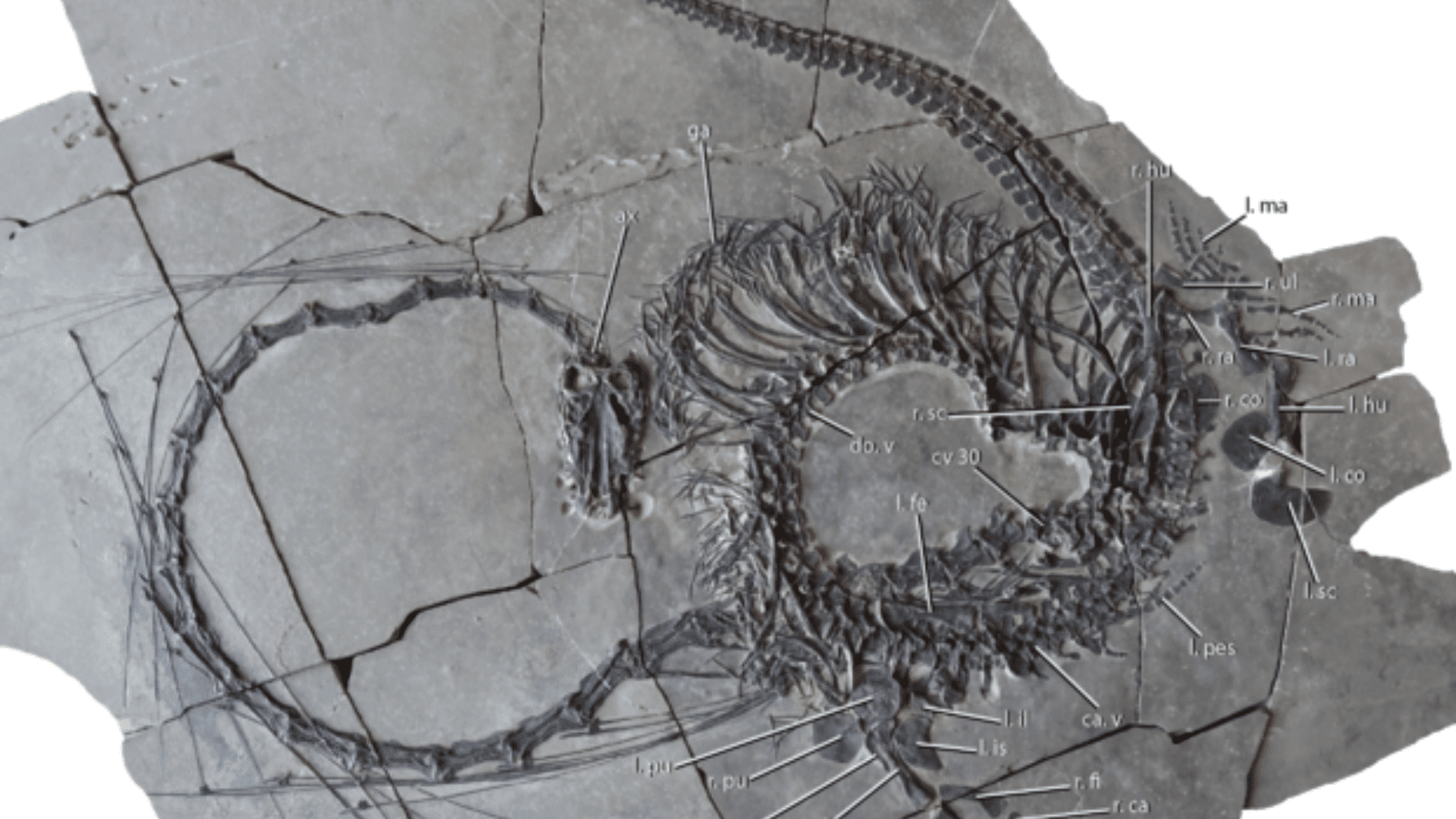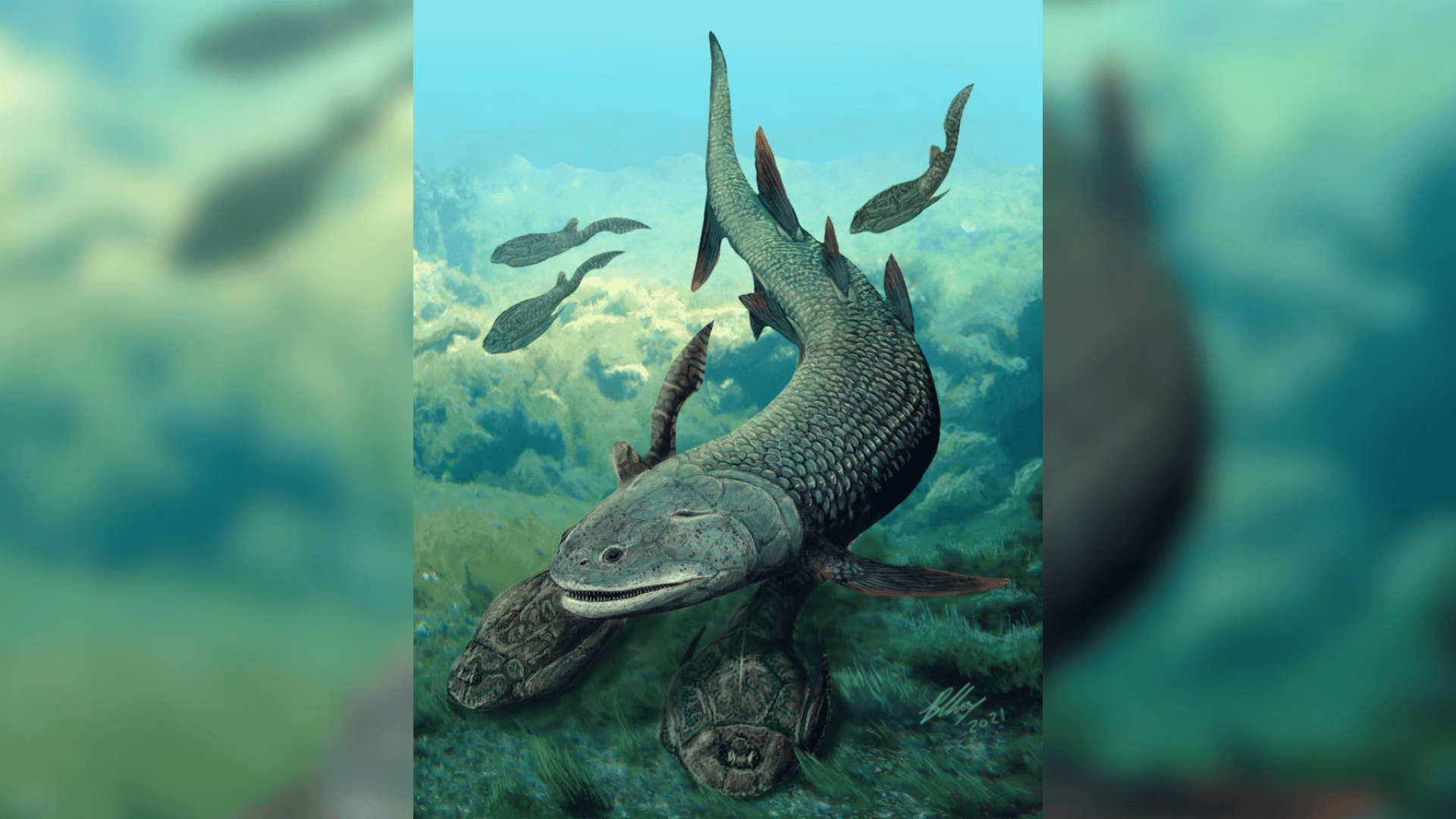Paleontologists from Flinders University say the giant fossils of three unusual extinct species of kangaroo are more diverse in shape, range, and hopping method than they previously thought. This leaves them with questions about the fossils found in Australia and New Guinea.
Extinct Species

The paleontologists identified the three new species of the extent genus Protemnodon, or a subfamily of today’s kangaroo. They believe the genus Protemnodon lived from around 5 million to 40,000 years ago. One was about double the size of the largest red kangaroo living today.
Paleontologists discovered multiple complete fossil kangaroo skeletons from Lake Callabonna in arid South Australia in 2013, 2018, and 2019. This research follows the discovery of those findings. Lead researcher Dr. Isaac Kerr was a Ph.D student at the time. These giant fossils allowed him to piece together a 150-year-long puzzle to identify the species of Protemnodon. After reviewing all species of Protemnodon, researchers determined they differ in many ways. For example, they lived in different environments and even hopped around differently.
It’s believed the Protemnodon looked similar to a grey kangaroo and was generally more squat and muscular. While some averaged around 110 pounds, others were much larger than any living kangaroo. However, one species from the new study weighed over 370 pounds. The Protemnodon viator was about twice the size of the largest male red kangaroo.
Researchers believe the Protemnodon viator was well adapted to its central Australian environment, a similar area where you can find a red kangaroo. The long-limbed viator could hop quickly and efficiently according to paleontologists. Their name is fitting as well because “viator” is Latin for “traveler” or “wayfarer.”
Explore Tomorrow's World from your inbox
Get the latest science, technology, and sustainability content delivered to your inbox.
I understand that by providing my email address, I agree to receive emails from Tomorrow's World Today. I understand that I may opt out of receiving such communications at any time.
Linking the Protemnodon

Australian researchers discovered two other species of Protenmnodon. One is the Protemnodon mamkurra and the other is Protemnodon dawsonae. They discovered this after revisiting earlier work done by British naturalist Sir Richard Owen. Owen coined the term “dinosaur” in Victorian England. The British paleontologist described the first species of Protemnodon in 1874. According to Owen’s description, there were slight differences between the species’ teeth. In total, Owen described six species of Protemnodon.
Dr. Kerr says previous descriptions suggested that some or all Protemnodons walked on all four legs. However, after new research, that is likely only true for three or four species of Protemnodon. He says it’s likely they walked on all four legs at times and hopped on two when needed. “The newly described Protemnodon mamkurra is likely one of these,” said Kerr, “A large but thick-boned and robust kangaroo, it was probably fairly slow-moving and inefficient. It may have hopped only rarely, perhaps just when startled.”
The third species of fossils they discovered is the Protemnodon dawsonae. This one is more of a mystery. Researchers say there are fewer fossils of the dawsonae than the two others. They believe this species was most likely a mid-speed hopper. Because of how mysterious the dawsonite is, Dr. Kerr visited collections at 14 museums in four countries to gather data for the study. “It feels so good to finally have it out in the world, after five years of research, 261 pages and more than 100,000 words,” said Kerr, “I really hope that it helps more studies of Protemnodon happen, so we can find out more of what these kangaroos were doing.”







